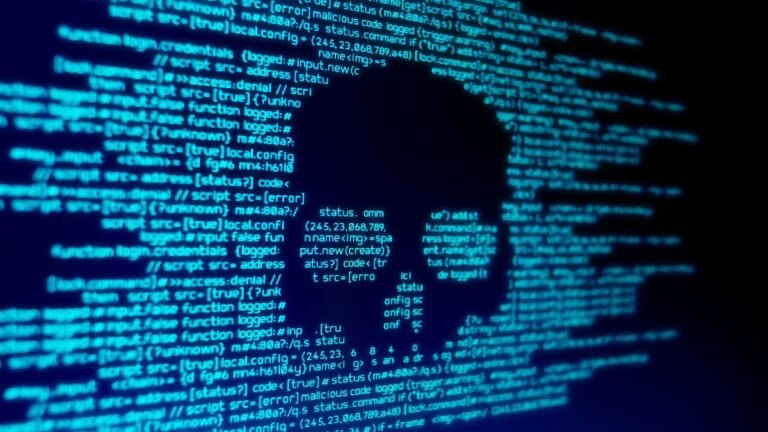Quick Takeaways
-
Manpower, based in Lansing, Michigan, reported a ransomware data breach affecting approximately 140,000 individuals, with the incident traced back to unauthorized access between December 29, 2024, and January 12, 2025.
-
The breach was revealed following an IT outage on January 20, 2025, leading to the discovery that hackers stole personal information during their access to Manpower’s network.
-
The Maine Attorney General confirmed that 144,180 individuals had their personal data compromised, aligning with Manpower’s findings.
- Affected individuals are being offered free credit monitoring and identity theft protection, while the RansomHub ransomware group claimed responsibility, listing Manpower on their site with allegations of stealing 500 GB of data.
What’s the Problem?
In a concerning incident, Manpower, a staffing and recruiting agency based in Lansing, Michigan, reported a significant data breach affecting approximately 144,180 individuals. This breach was traced back to a ransomware attack that began on December 29, 2024, and persisted until January 12, 2025. Hackers infiltrated Manpower’s systems, leading to unauthorized access to sensitive personal information, including HR and financial records, which came to light following an investigation into an IT outage that disrupted operations on January 20, 2025. The Maine Attorney General has been apprised of the situation, underscoring the scale of this breach.
The notorious RansomHub ransomware group, which has since seemingly dissolved into the DragonForce group, initially claimed responsibility, boasting the theft of approximately 500 gigabytes of data. In the aftermath, Manpower is offering affected individuals complimentary credit monitoring and identity theft protection services to mitigate potential fallout. This incident highlights the growing vulnerability of even established firms to sophisticated cyberattacks, raising alarms about data security and the ongoing threat posed by cybercriminals.
Potential Risks
The recent ransomware attack on Manpower in Lansing, Michigan, which compromised the personal information of approximately 144,180 individuals, poses significant risks not only to the affected individuals but also extends far beyond, potentially jeopardizing the operations and reputations of other businesses and organizations. As Manpower’s breach exemplifies, once sensitive data is exposed, it can lead to an erosion of trust among clients and partners, prompting stringent regulatory scrutiny and a loss of competitive advantage for associated firms. Furthermore, the cascading effects of such incidents can create an environment ripe for additional cyber threats, as compromised data often serves as a gateway for hackers to exploit interconnected systems across industries. This heightened vulnerability underscores the imperative for robust cybersecurity measures and incident response protocols, lest organizations find themselves entangled in a wider web of fallout stemming from similar attacks, ultimately impacting their financial stability and operational integrity.
Possible Actions
The imperative for swift action cannot be overstated in the wake of data breaches, especially concerning an incident impacting 140,000 individuals as indicated by Manpower.
Mitigation Strategies
- Incident Response Plan Activation
- Employee Awareness Training
- Data Encryption and Masking
- Network Monitoring Enhancements
- Vulnerability Assessments
- Regular Software Updates
- Third-Party Risk Assessments
- Legal and Regulatory Compliance Consultation
NIST Guidance Overview
The NIST Cybersecurity Framework (CSF) offers a structured approach to identify, protect, detect, respond, and recover from cyber incidents. For specific insights on incident handling, refer to NIST Special Publication 800-61, which provides detailed guidance on computer security incidents.
Continue Your Cyber Journey
Stay informed on the latest Threat Intelligence and Cyberattacks.
Learn more about global cybersecurity standards through the NIST Cybersecurity Framework.
Disclaimer: The information provided may not always be accurate or up to date. Please do your own research, as the cybersecurity landscape evolves rapidly. Intended for secondary references purposes only.
Cyberattacks-V1

